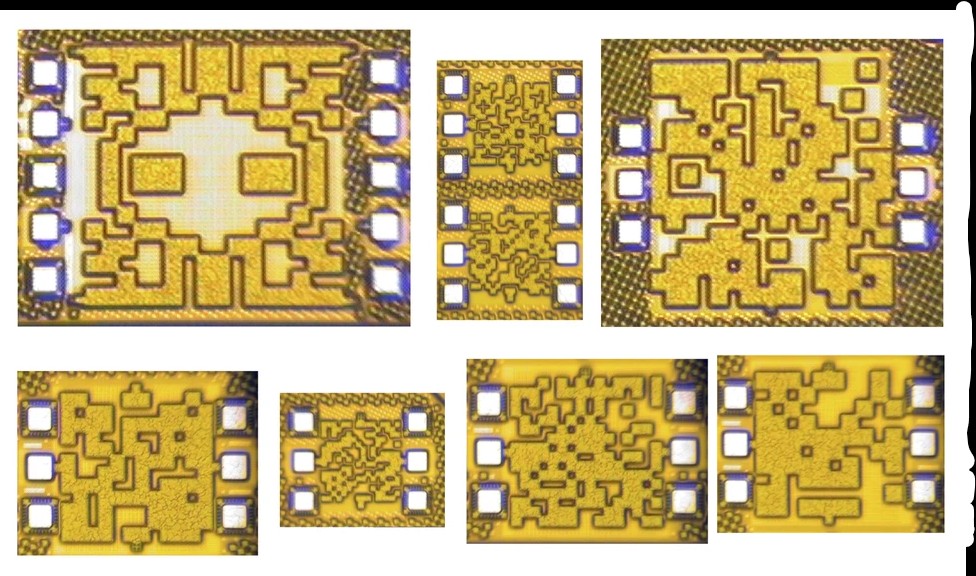
In a groundbreaking development, researchers have discovered that artificial intelligence can design complex wireless chips in mere hours - a task that typically takes human engineers weeks to complete. What's even more remarkable is that these AI-created designs are not only more efficient but follow such unconventional approaches that human circuit designers find them difficult to comprehend.
A joint research team from Princeton Engineering and the Indian Institute of Technology recently demonstrated this capability, focusing on millimeter-wave wireless chips used in 5G modems. The findings were published in Nature Communications in December 2024.
Traditional chip design relies heavily on human expertise and established templates, followed by a time-consuming optimization process. However, the research team took a different approach, employing deep-learning AI models that work backward - starting with the desired output and allowing the algorithm to determine the necessary inputs and parameters.
"The resulting structures look randomly shaped," explains Professor Kaushik Sengupta from Princeton, the lead author of the study. "Humans cannot really understand them." Despite their peculiar appearance, when manufactured, these AI-designed chips outperformed existing human-made designs.
The AI's novel approach treats each chip as a complete unit rather than a collection of pre-existing components. This methodology abandons traditional design templates, potentially eliminating hidden inefficiencies that have persisted in conventional designs.
However, the technology isn't without limitations. Many AI-generated designs failed to function properly, similar to the "hallucinations" seen in current generative AI systems. Professor Sengupta emphasizes that human oversight remains necessary: "The point is not to replace human designers with tools. The point is to enhance productivity with new tools."
This breakthrough could revolutionize wireless chip design, offering new possibilities for energy efficiency, performance optimization, and frequency range extension. As demand for miniaturized wireless chips continues to grow, this research represents what Sengupta calls "just the tip of the iceberg" in the future of electronics design.
The implications extend beyond just wireless chips - this AI-driven approach could potentially transform the entire field of electronics design, marking a new era in how we create and optimize electronic components.